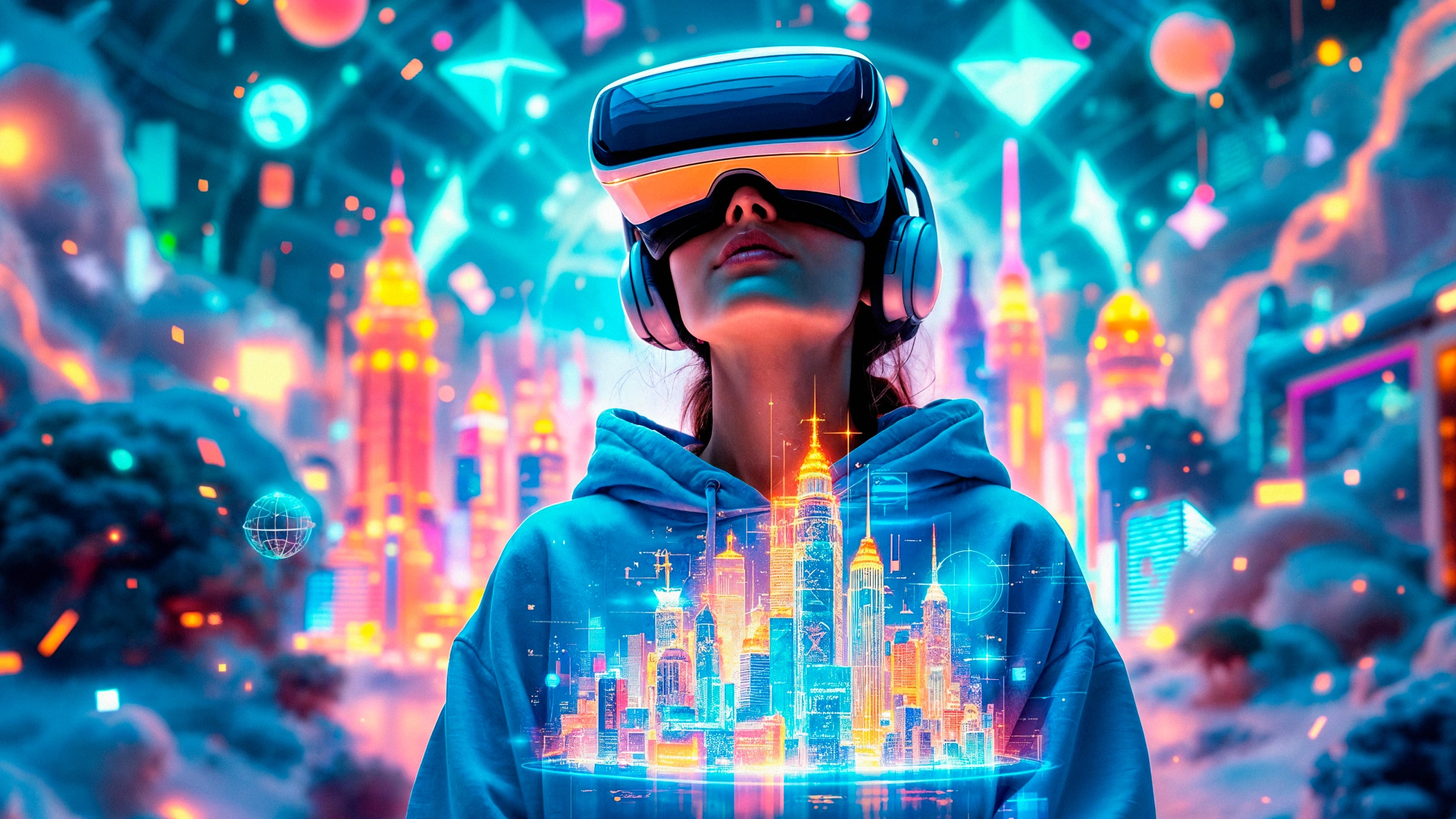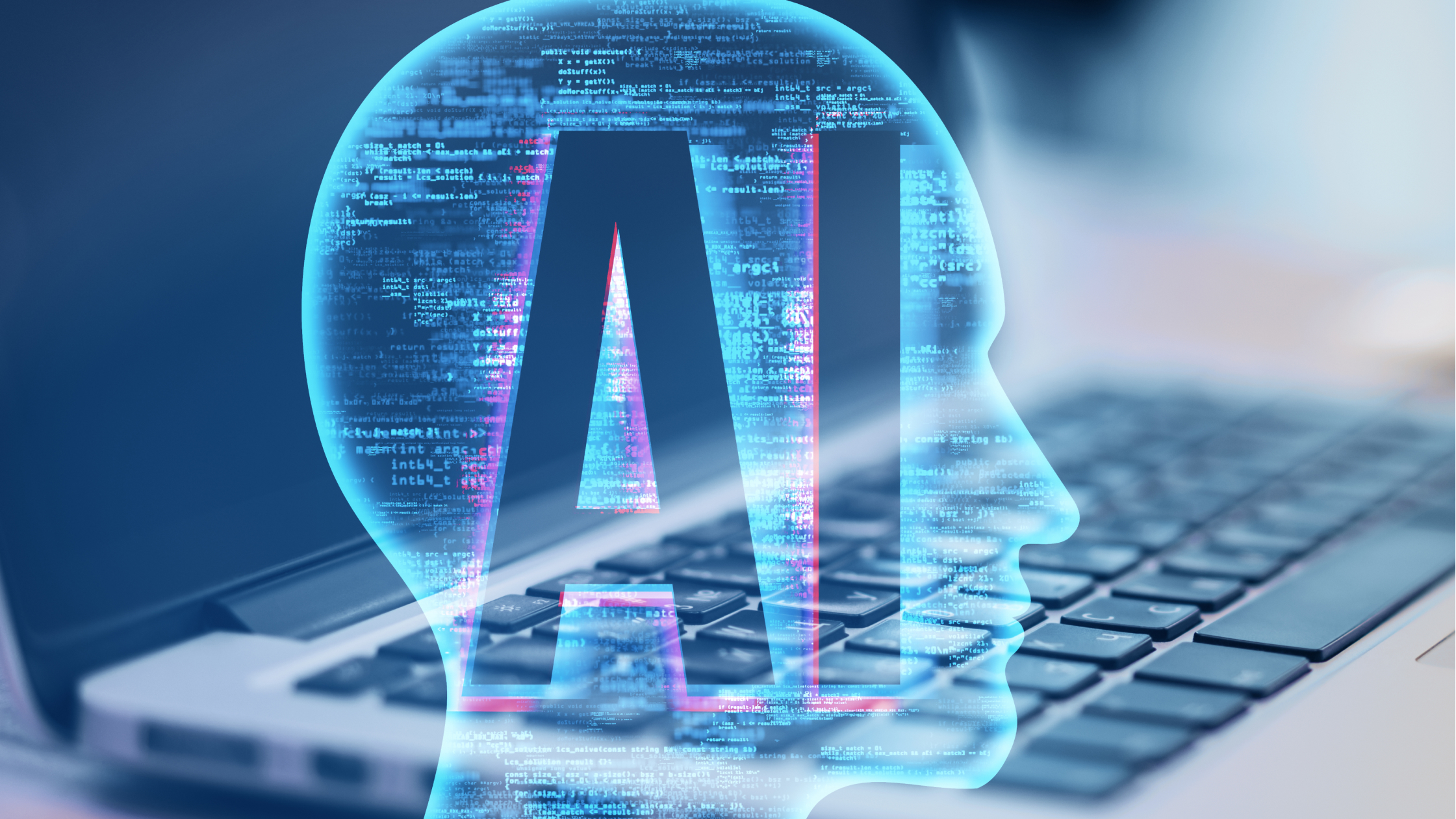Knowledge Graph Augmented AI (KGAI) is an advanced method that enhances AI systems by integrating them with structured knowledge representations known as knowledge graphs.
These graphs organize data into a network of interconnected entities and relationships, allowing AI to reason more effectively, retrieve relevant information, and generate outputs that are more accurate, contextually relevant, and factually grounded. Essentially, KGAI utilizes a web of linked knowledge (similar to a fact map) to support and enhance the AI’s ability to perform tasks, ensuring responses are grounded in structured data, rather than just patterns derived from unstructured input.
What is a Knowledge Graph?
A knowledge graph (KG) is a data structure representing information as a network of nodes and edges. Nodes, or entities, represent real-world objects or concepts such as “Paris,” “Einstein,” or “product X.” In contrast, edges represent the relationships between these entities, such as “is the capital of,” “born in,” or “produced by.”
This structured representation of knowledge allows machines to understand entities individually and navigate the relationships between them in a way that mimics human reasoning. Knowledge graphs can either be domain-specific (such as medical or financial graphs) or general-purpose (like Google’s Knowledge Graph), helping AI systems retrieve and understand information from diverse areas.
How Knowledge Graphs Augment AI
Traditional AI models, particularly large language models (LLMs), are primarily trained on unstructured data like text. While these models can generate text based on patterns learned during training, they often struggle with producing accurate or grounded information, leading to errors or hallucinations. When an AI is augmented with a knowledge graph, it gains access to structured, verified data, significantly improving its ability to:
- Retrieve accurate facts: The model can query the graph to access verified information rather than relying on its internal, ungrounded knowledge.
- Reduce hallucinations: The AI is less likely to generate incorrect or fabricated information by grounding its responses in real-world data.
- Understand context and relationships: Knowledge graphs provide relational data that helps the AI understand how entities are connected, enhancing its ability to reason and make sense of complex inputs.
- Perform logical reasoning: The graph’s structured nature enables AI to perform logical inference and connect ideas more meaningfully and coherently.
Key Components of Knowledge Graph
-
Entities
Entities are real-world objects or concepts represented as nodes in the graph. They can be people, places, products, or even abstract ideas. For example, “Einstein” is an entity that can be linked to other entities like “Germany” (birthplace) or “Theory of Relativity” (contribution).
-
Relationships
Relationships are the edges that connect entities and define their interactions. For instance, the relationship “works for” could connect the entity “Einstein” to “Princeton University,” while “located in” could link “Paris” to “France.”
-
Triples
A triple is a standard unit of knowledge in a knowledge graph, consisting of an entity, a relationship, and another entity. For example, the triple (Einstein, born in, Germany) captures the relationship between Einstein and his birthplace in a structured format.
-
Ontology
An ontology defines the categories and rules governing how graph entities and relationships work. It provides a framework that organizes the data and ensures consistency, defining concepts and their relationships clearly and systematically.
-
Embedding Layer
The embedding layer converts the graph’s entities and relationships into numerical vectors that machine learning models can process. These embeddings make it easier for AI systems to interpret and use the graph data in tasks such as prediction or reasoning.
Benefits of Knowledge Graph Augmentation
-
Enhanced Accuracy
KGAI systems are grounded in real-world data from knowledge graphs, which helps produce more accurate and factually correct responses. Unlike traditional models that rely on raw data patterns, KGAI can validate facts through structured knowledge.
-
Contextual Understanding
Knowledge graphs allow AI to generate more context-aware answers by providing detailed relational context between entities. For example, when asked about “Paris,” the system can differentiate between Paris as a city and Paris as a person’s name based on the surrounding entities and relationships.
-
Logical Reasoning
Unlike neural models often operating as “black boxes,” knowledge graphs enable AI to logically reason by following defined relationships between entities. This rule-based reasoning adds a layer of transparency, allowing the system to connect data points logically, such as inferring that if “Einstein” is related to “Theory of Relativity,” any related query about his contributions to physics can be logically answered.
-
Explainability
One of the biggest challenges in AI is explainability. With KGAI, the system can trace its decision-making path through the knowledge graph, providing clear and understandable explanations for why it arrived at a particular output. This transparency improves trust in AI-driven processes.
-
Dynamic Updates
Unlike models that require retraining for updates, knowledge graphs can be easily updated in real time. As new information becomes available, the graph can be modified without disrupting the AI system, making it more adaptable to changing data.
How It Works (Step-by-Step)
- Input Interpretation: The AI system receives an input, a question, query, or command.
- Entity Recognition: The model identifies key entities within the input, such as people, locations, dates, or products. This step involves parsing the text to recognize the main components that need to be queried in the knowledge graph.
- Graph Lookup: The system queries the knowledge graph to retrieve relevant information about the identified entities and their relationships. This step ensures that the AI has access to structured and verified data.
- Context Integration: The retrieved information from the knowledge graph is merged with the model’s understanding of the input, refining the AI’s ability to generate a more contextually appropriate and accurate response.
- Output Generation: The AI generates a response using both the initial input and the knowledge graph’s data. The integration of structured knowledge ensures that the generated response is grounded in facts and contextually enriched.
Depending on the system’s design, this process can occur in real time or as part of a pre-trained model.
Use Cases of Knowledge Graph Augmented AI
-
Search Engines
Knowledge graphs improve search engines by providing more accurate, structured answers to queries. For instance, Google uses its Knowledge Graph to display information such as “Barack Obama’s birthplace” directly in the search results, without needing the user to click through multiple pages.
-
Healthcare
In healthcare, KGAI can support clinical decision-making by linking patient data with medical knowledge, helping doctors make informed diagnoses or treatment suggestions based on verified medical facts.
-
Finance
In the finance industry, knowledge graphs can track company relationships, news, and market risks, providing more insightful and comprehensive financial analysis.
-
E-commerce
Knowledge graphs enable personalized product recommendations by linking user profiles to product knowledge, improving the shopping experience through more relevant suggestions.
-
Customer Support
Intelligent chatbots powered by knowledge graphs can quickly retrieve structured responses from a product or service graph, making customer support interactions faster and more accurate.
-
Education
Knowledge graphs can be used in education to create personalized learning paths based on educational content, helping students access tailored resources that suit their learning needs.
Examples of Knowledge Graph Augmented AI in Action
- Google Search: Google’s Knowledge Graph allows its search engine to provide direct answers to queries like “Where was Barack Obama born?” by retrieving this information from a structured database, rather than relying on raw text search alone.
- Virtual Assistants: AI assistants like Siri and Alexa utilize knowledge graphs to improve the accuracy of their responses. If you ask about the capital of Germany, these systems can query a knowledge base to ensure that “Berlin” is returned as the answer, rather than making an incorrect guess.
- Healthcare Assistant AI: A clinical assistant integrated with a medical knowledge graph can cross-reference symptoms with possible conditions, providing doctors with evidence-backed suggestions based on patient history and medical facts.
Tools and Frameworks for Knowledge Graph AI
- Neo4j: A graph database engine that supports complex queries and visualizations, making it a popular choice for building and managing knowledge graphs.
- Stardog: An enterprise platform for building and managing knowledge graphs, providing tools to connect data across different systems and domains.
- RDF & SPARQL: The Resource Description Framework (RDF) is a standard format for representing graph data, and SPARQL is the query language used to retrieve data from RDF-compliant graphs.
- Deep Graph Library (DGL): A library designed to train deep learning models on graph-structured data, facilitating the use of graphs in machine learning tasks.
- PyKEEN: A framework for building and evaluating knowledge graph embeddings, making it easier to train models that leverage graph data.
- LangChain: A framework that integrates language models with external tools like vector databases and knowledge graphs, enabling more dynamic and flexible AI systems.
Challenges and Limitations
-
Graph Construction Complexity
Building a high-quality knowledge graph from raw data sources such as text or spreadsheets requires significant effort and expertise. It can be time-consuming and requires domain-specific knowledge to ensure accuracy and relevance.
-
Scalability
As knowledge graphs grow larger with more entities and relationships, they can become difficult to manage and query efficiently, particularly in real-time applications.
-
Ambiguity in Language
Natural language processing (NLP) struggles with ambiguity, and mapping queries to graph elements can be challenging due to synonyms, vague wording, or non-standard expressions.
-
Maintenance Overhead
Keeping knowledge graphs up to date, especially in rapidly evolving fields, requires continuous effort. New facts must be integrated in real-time to maintain the graph’s relevance and accuracy in industries like healthcare or finance.
Best Practices for Implementing KGAI
-
Start with a Domain-Specific Graph
Focusing on a narrow, well-defined domain ensures that the graph is accurate and provides deep insights. Once the graph is solid, it can be expanded to other areas.
-
Use Ontologies
Ontologies help organize knowledge by providing clear categories and rules for entities and relationships. They guide both the graph structure and the AI model, ensuring consistency and clarity.
-
Automate Entity Extraction
Use natural language processing (NLP) tools to automatically detect and extract entities and relationships from large text corpora. This reduces manual effort and speeds up graph construction.
-
Validate with Human Experts
Domain experts should review the graph entries to ensure data quality and trustworthiness. Their input is crucial for maintaining the knowledge’s accuracy and relevance.
-
Combine with LLMs Carefully
When integrating language models, ensure the graph guides them without being limited by its structure. Balance the flexibility of the model with the grounding provided by the knowledge graph to get the best results.
Future Directions
The field of Knowledge Graph Augmented AI is rapidly evolving, with several emerging trends:
- Neuro-symbolic AI: This combines the power of symbolic knowledge (represented in graphs) with the flexibility of deep neural networks, enabling hybrid reasoning that takes advantage of both structured data and deep learning.
- Dynamic Graphs: Real-time updating graphs based on live data streams will allow AI systems to stay up-to-date without needing retraining, making them more adaptable to rapidly changing environments.
- Graph-to-Text Generation: This process will enable AI to directly generate narratives, summaries, or explanations from graph data, helping to bridge the gap between structured data and human-readable content.
- Few-shot Augmentation: Knowledge graphs can assist language models in learning from fewer examples by providing grounded, structured knowledge, making it easier for models to generalize from limited data.
- Multimodal Knowledge Graphs: Integrating visual, auditory, and textual data into unified knowledge graphs will provide richer context and enable AI systems to process a broader range of input data, leading to more comprehensive and insightful outputs.
Knowledge Graph Augmented AI (KGAI) enhances AI systems by linking them to structured knowledge networks. This approach makes AI more accurate, explainable, and reliable by grounding its responses in real-world data and relationships. From healthcare and search engines to virtual assistants and customer support, KGAI is shaping the future of trustworthy and intelligent systems.
As AI evolves, knowledge graphs will play an essential role in making models more informed, interpretable, and less prone to hallucinations—a powerful step toward responsible and reliable AI.



